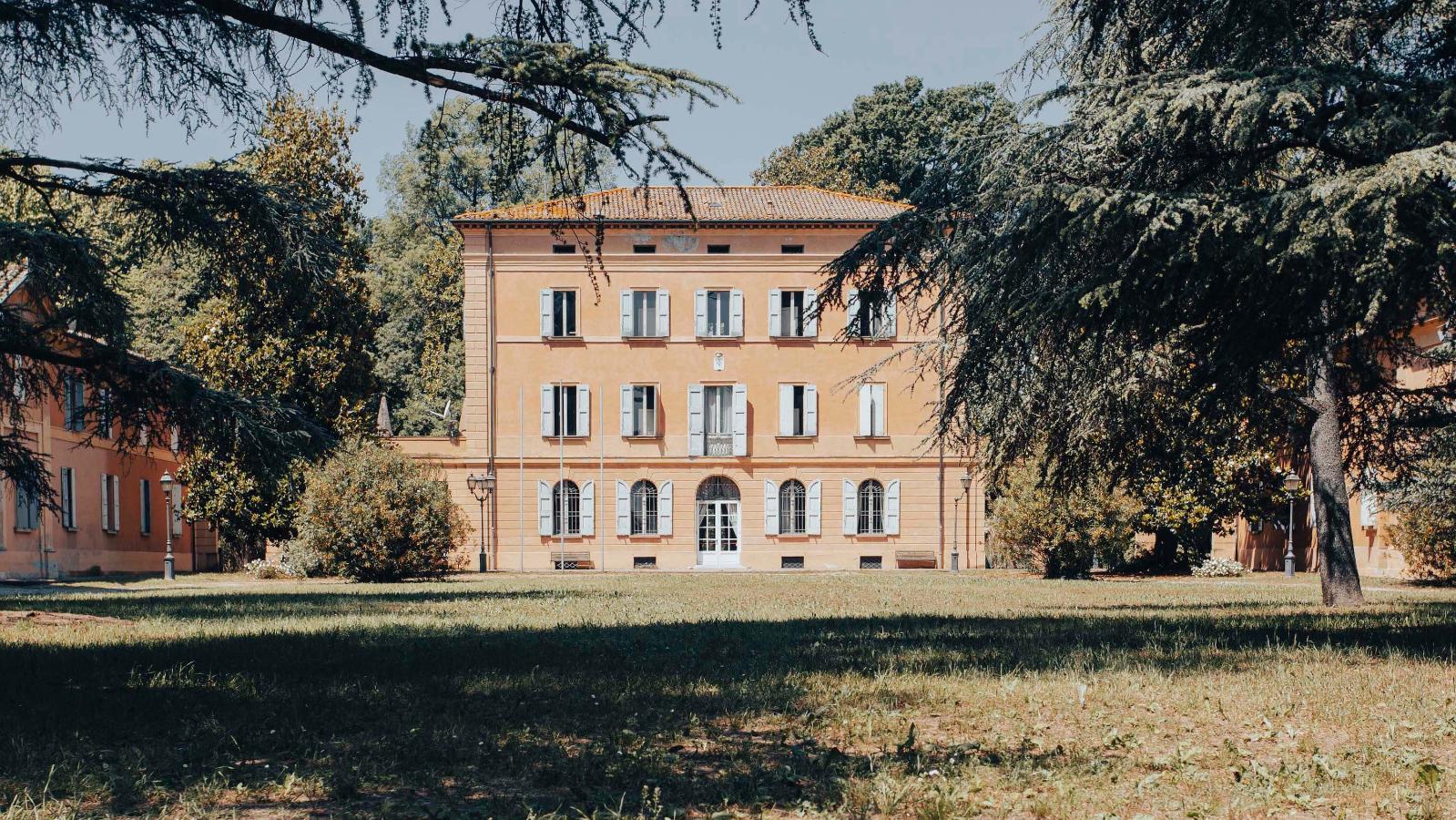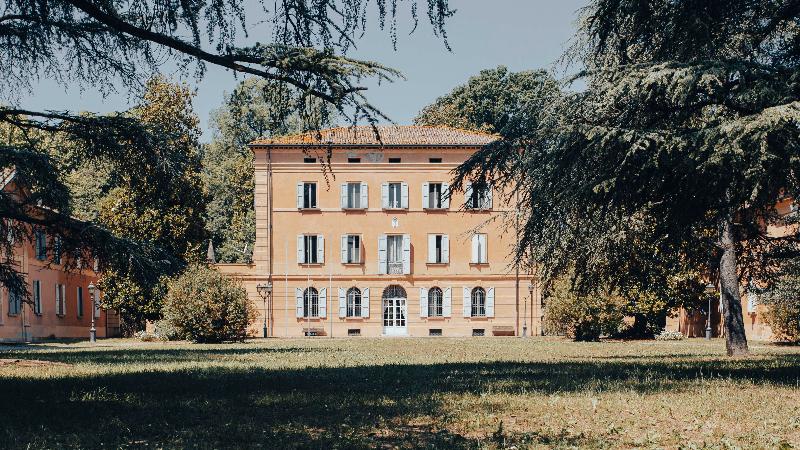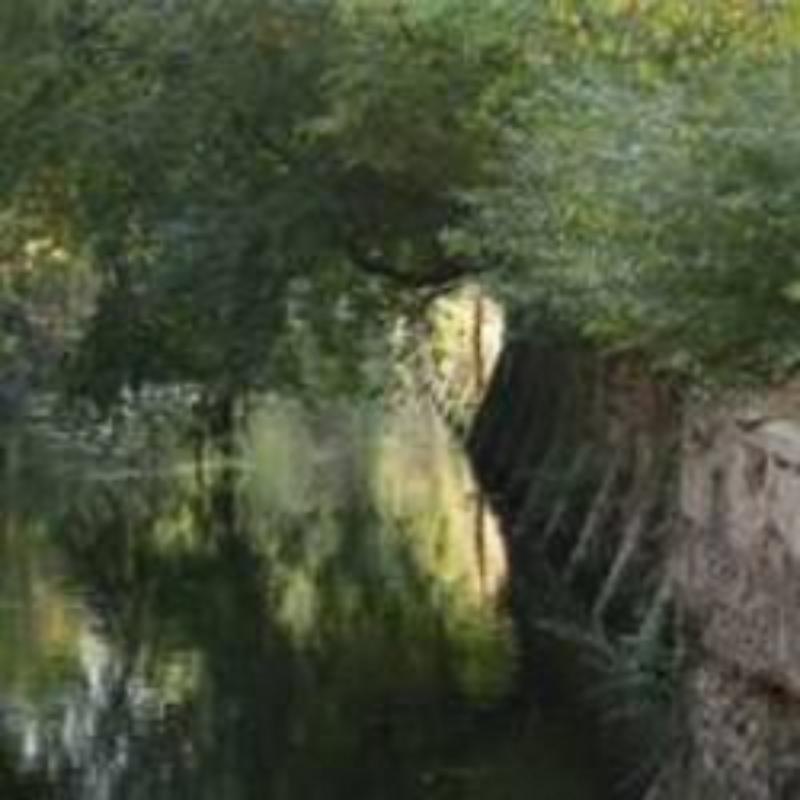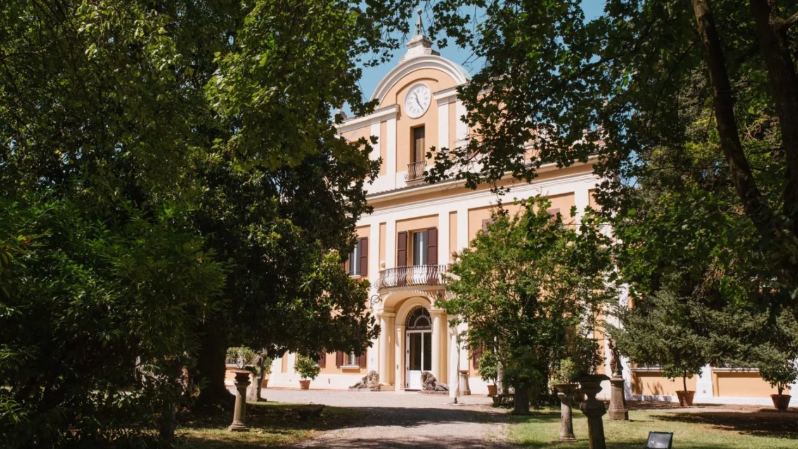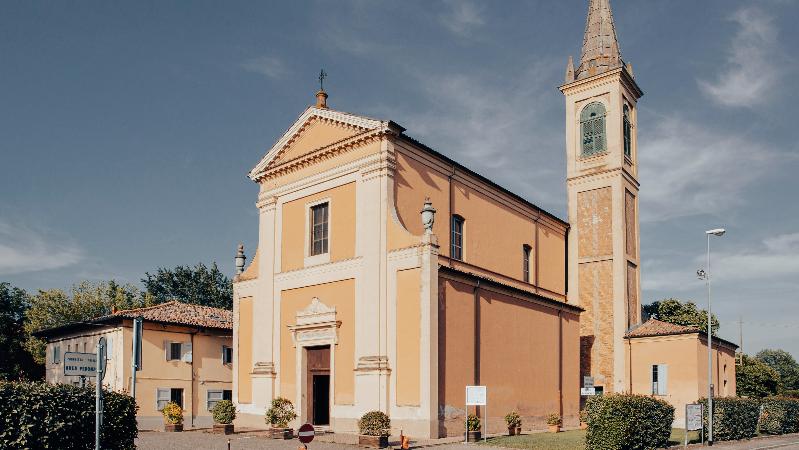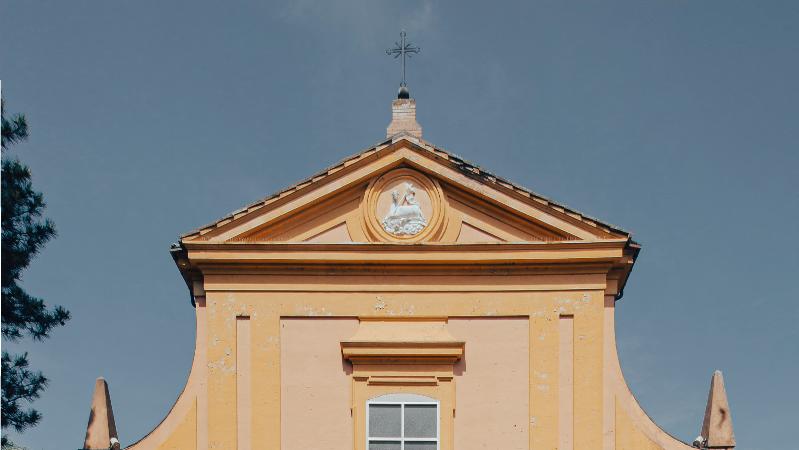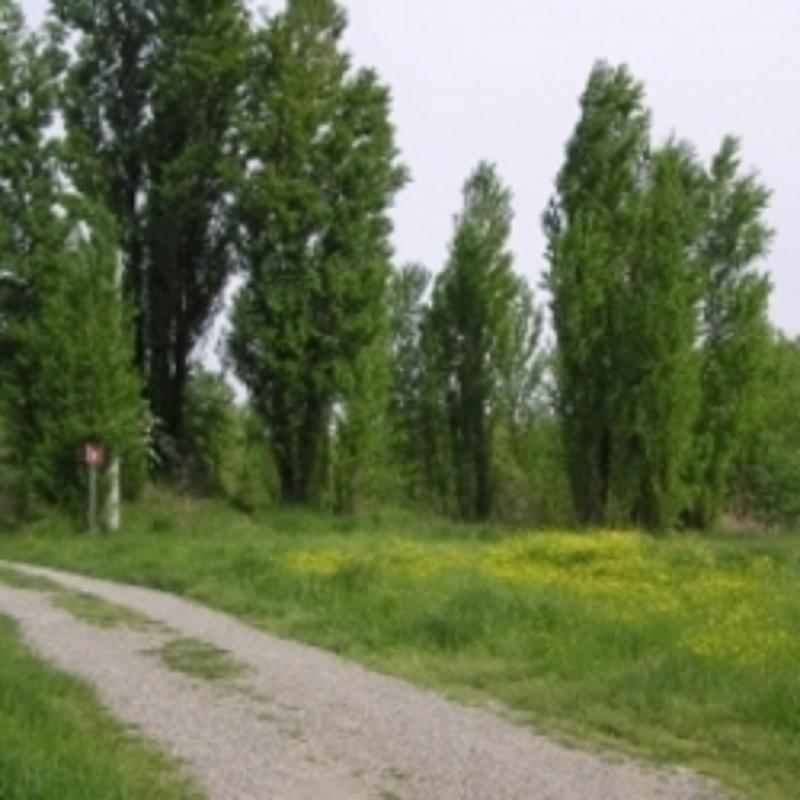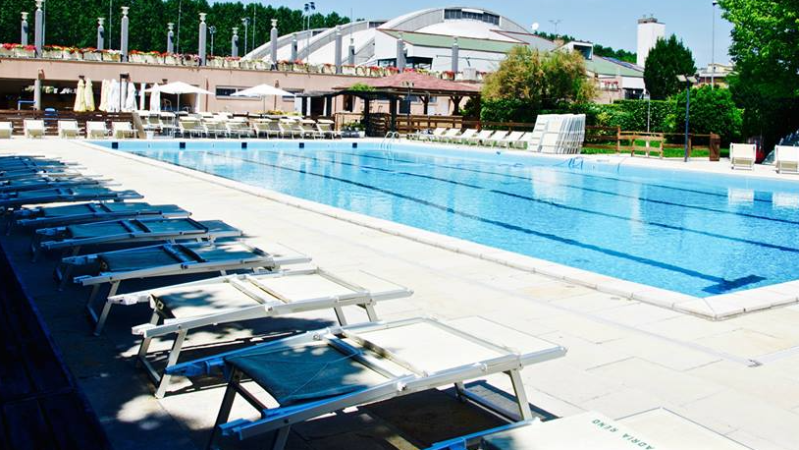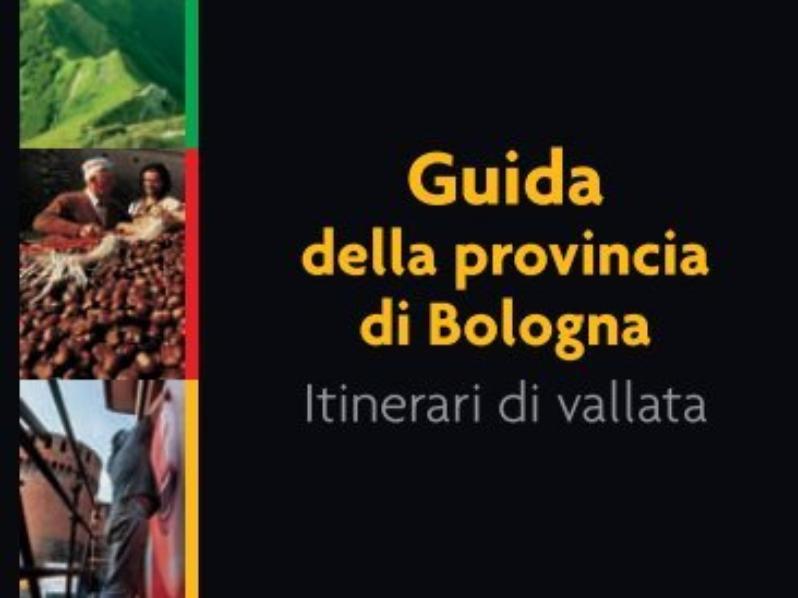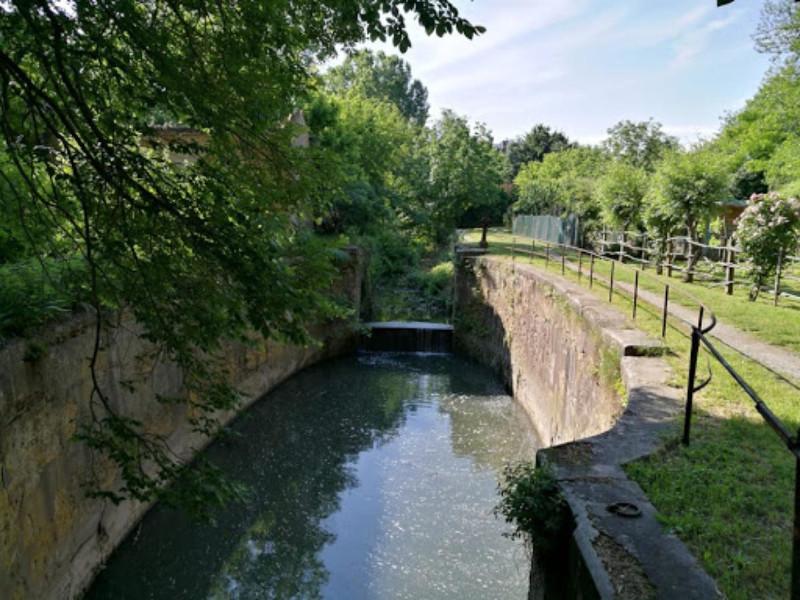
The town was known in ancient times as Castagnolo: this curious name came from the trunk of a "castagno" (chestnut tree) carried down onto the plain by the Navile Canal.
The history of the town is strictly linked to the Navile Canal, the main waterway of the area in the ancient times. The Navile and the mills and factories which sprung up along it are also the origins of the industrial development of the territory.
The Navile passes through Castel Maggiore in the Castello area, where you can admire the ruins of an ancient fort, the Sostegno di Castagnolo Maggiore, built by Ercole Bentivoglio in 1497 and, from the 19th century onwards, the centre of manufacturing activities thanks to the initiative of the Pizzardi family.
The territory of Castel Maggiore stretches over fertile countryside, offering visitors the chance to forget the urban reality of Bologna, even though it is so close. Passing through the territory, perhaps by bicycle, you can see several historical villas, places for holidays and headquarters of the rural economy of the territory. Perhaps the most notable is Villa Zarri, in elegant 18th-century style, nowadays used for events and congresses.
Villa Salina dates back to the 16th century. Once belonging to the scientist Marcello Malpighi, there is a monumental oak in the rear garden, whose trunk is over 5 metres in circumference. The villa is today property of the Region of Emilia Romagna.
There are also some religious buildings of particular note, such as the 19th-century Church of Sant'Andrea which contains a beautiful 17th-century crucifix; the Church of San Biagio in Saliceto, of Romanesque design; the Church of San Giovanni Battista in Trebbo di Reno whose troubled existence has been always linked to the nearby Reno River.
Also in Trebbo, there are the very interesting floodlands of the River Reno: here you can see the remains of the antique gravel-extraction activities and the first part of the River Park (access from Via Byron). Following the road along the Reno (Via Lame), there are other ways to reach the floodlands, an ideal spot for trekking or horse riding.
More information
- Distance from Bologna: 10 Km.
- Altitude: 20/35 m.
- Inhabitants: 18.231 (updated January 1st 2016)
- Market day: Thursday Patron Saint: Sant'Andrea (November 30th)
- Hamlets: Sabbiuno, Trebbo di Reno, 1° Maggio, Castello, Torreverde, Boschetto, Castiglia, Osteria del Gallo
Recurring events
- Piazza dei sapori: February
- Festa della raviola (Raviola Festival) in Trebbo di Reno: third Sunday of March
- Giugno sotto le stelle (June under the stars): June
- Fiera di luglio (July Festival): first week end of July
- Festa di Sant'Andrea: November 30th
-
Christmas in Castel Maggiore: second week-end of December.
The text is taken from
Guide to the province of Bologna - Valley itineraries
How to get to Castel Maggiore
By car
- Roads from Bologna: from Porta Galliera take Via Ferrarese, drive on along SS 64 Porrettana, near Corticella turn left. At the crossroad of Via Stendhal turn right and go on SP 4 Galliera. Get through Castel Maggiore and near Funo take SP 3 Trasversale di Pianura, get onto SP 42 Centese in the direction of Castello d’Argile.
- Motorways from Bologna: A13 Motorway, exit Bologna-Interporto, take SP 3 Trasversale di Pianura, near Funo take SP 4 Galliera, get into SP 42 Centese up to Castello d’Argile.
By bus
From the Bologna bus station, TPER public transport company (info on timetables and fares www.tper.it):
- Bus n. 92 Trebbo-Bologna-Sasso Marconi-Vergato
- Bus n. 95 Bologna-Funo-Centergoss-Interporto-Bentivoglio-Saletto
- Bus n. 97 Bologna-S.Giorgio-S.Pietro in Casale-S.Venanzio
- Bus n. 98 Bologna-Castel Maggiore
By train
From the Bologna Central Station (for information on timetables and fares visit www.trenitalia.com): railway line Bologna – Ferrara – Venezia, San Giorgio di Piano stop.
By plane
The Guglielmo Marconi Airport is about 12 km. from Castel Maggiore.
The Aerobus BLQ connects every 15-30 minutes the airport to the city centre and to the central station. Piazza XX Settembre stop to get a bus towards Castello d’Argile.

